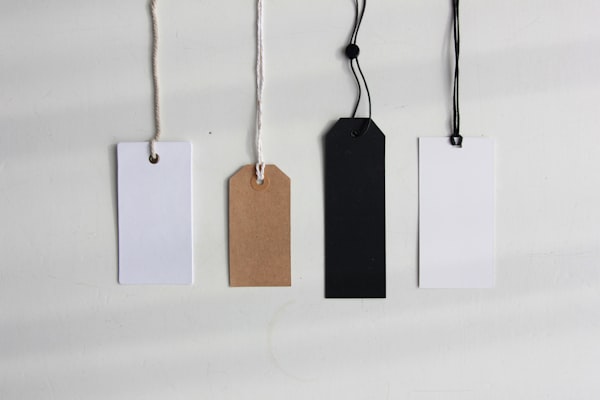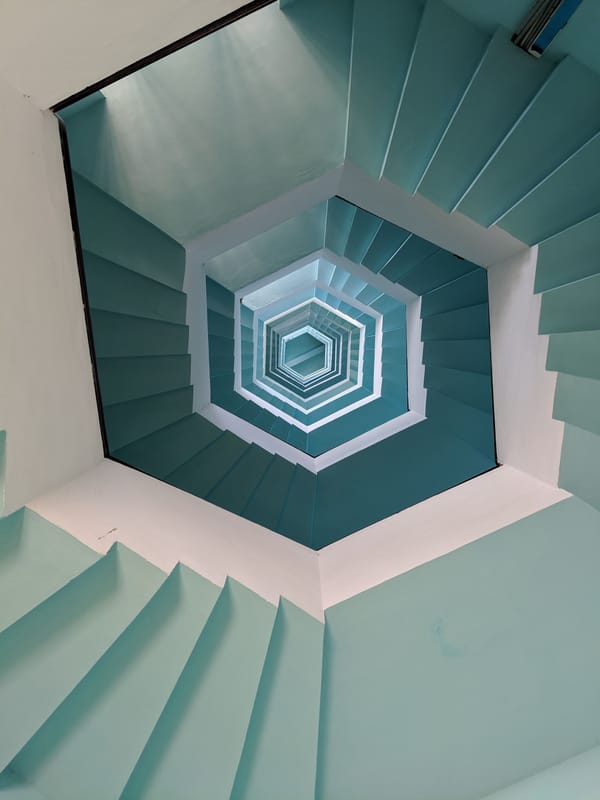Building Real-time Data Pipelines with MinIO's AIStor

Built a portable Java data pipeline using MinIO's AIStor and Kafka that scales from Mac to Kubernetes. Containerized stack (Kafka, AIStor, Prometheus, Grafana) processes millions of events, preserving raw data for analysis while delivering real-time dashboard summaries.
Read more


















